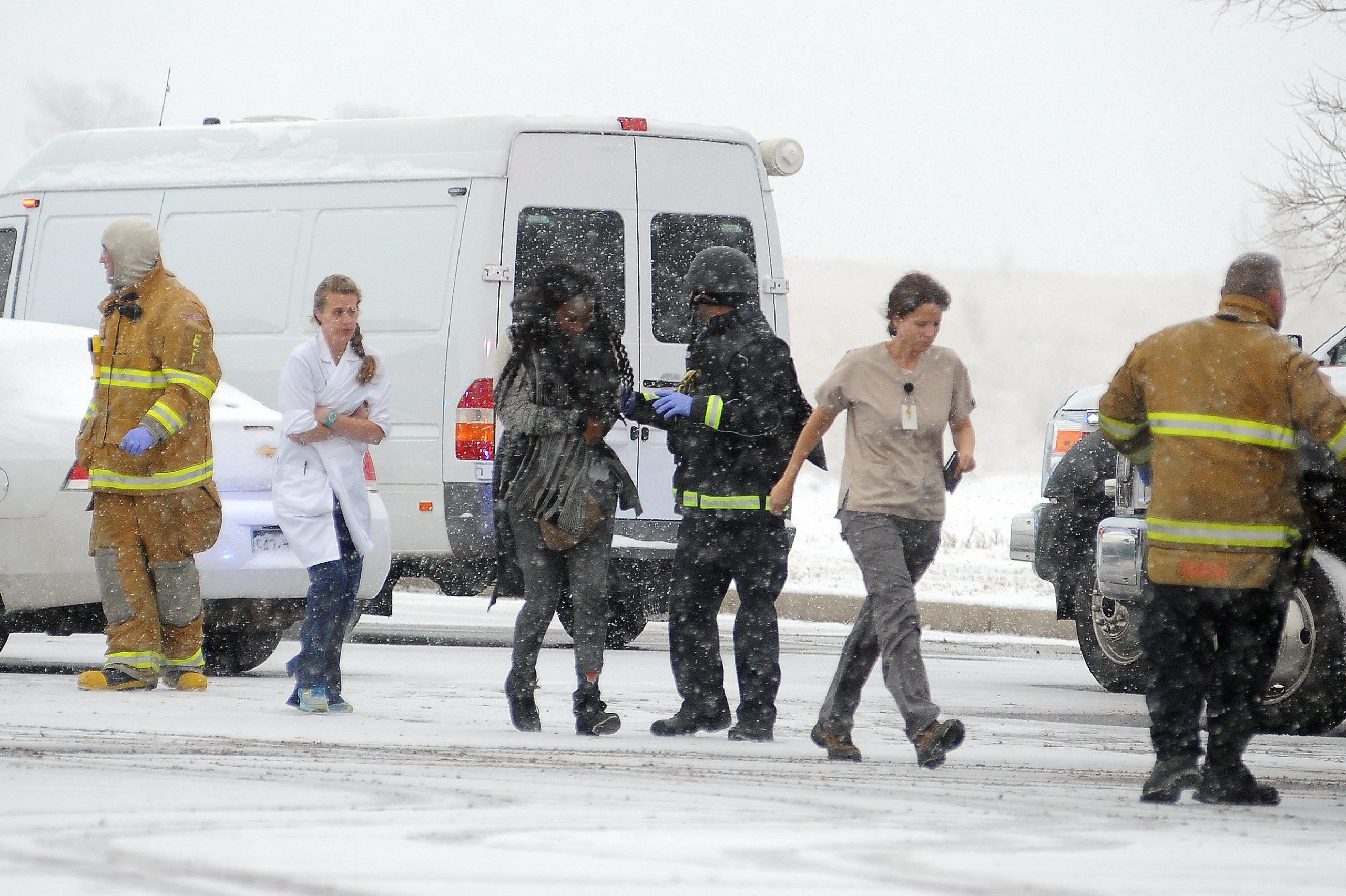As jihadist terrorists continue to set their sights on Western targets, one thing has become abundantly clear: Firearms have become their weapons of choice. The assault on the Frankfurt Airport, the attack on the Jewish Museum in Brussels, the Copenhagen shooting spree, the Parliament Hill rampage in Ottawa, the Sydney café standoff, the Charlie Hebdo shooting, and now the Paris attacks — all were carried out by assailants armed with guns.
It’s a pattern that extends to the United States. As part of an ongoing research project that draws upon open-source materials and information from news reports, I have been monitoring and analyzing incidents of domestic terrorism since 9/11. To compile my list, I use the definition of terrorism set down by federal law, which states that a politically-motivated act of violence is considered terrorism if it is “intended (i) to intimidate or coerce a civilian population; (ii) to influence the policy of a government by intimidation or coercion; or (iii) to affect the conduct of a government by mass destruction, assassination, or kidnapping.”
Drawing from that larger list, I count 17 jihadist terrorist attacks — acts of violence explicitly or implicitly inspired by a warped reading of Islam, or in objection to American policies toward Muslims — on the American homeland during the past 14 years. The attackers in these incidents have employed incendiary devices, cutting instruments, vehicles, improvised explosive devises, and, most frequently, firearms.
When the fatal and non-fatal incidents are sorted into their own columns, another pattern emerges: All six deadly jihadist attacks on American soil involved firearms. Overall, these attacks have killed 28 people since 9/11, and 25 of those victims were shot to death. The deployment of IEDs along the route of the Boston Marathon accounts for the remaining three fatalities — the only one of the five attacks that involved a bomb that proved deadly. Attacks involving a vehicle, a cutting instrument, or an incendiary device failed to kill anyone. Out of the eight that involved a firearm, 75 percent resulted in fatalities.
There’s an explanation for that breakdown: Most weapons aren’t consistently lethal. Even the bomb-making capabilities of most current terrorists aren’t guaranteed to produce devices that kill numerous victims, thanks to the federal clamp down on precursor explosive chemicals and materials. As we saw in Boston — where the attackers fashioned a pressure cooker into a bomb — the lethality of explosives is now more contained, compared to the damage bombs caused prior to and including the 1994 Oklahoma City attack.
Guns are the exception. They are readily available, affordable, and can kill in scores. In four of the six deadly incidents of jihadist terrorism since 9/11, the attackers bought their firearms legally. In the other two cases, one perpetrator borrowed the firearm from a close friend and the other stole it from his mother.
Raising concerns that ISIS-inspired terrorists might attempt a Paris-style swarm attack here in the United States, Democratic Senator Charles Schumer of New York is calling for a tightening of federal gun laws. “First and foremost, our goal has to be to avoid any terrorists — lone wolves or otherwise — from getting a weapon,” he said, “rather than making sure we shoot them after they’ve gotten their hands on one.” One measure that has received renewed attention is a bipartisan bill, sponsored by Democratic Senator Dianne Feinstein of California and Republican Representative Peter King of New York, which would bar someone on the terrorism watch-list from being able to purchase a firearm. Feinstein has been pitching the legislation as a “no brainer.” In her view, “If you’re too dangerous to board a plane, you’re too dangerous to buy a gun.”
It’s important to note that all this focus on Islamic extremists ignores domestic terrorists driven by other motives. In fact, right-wing domestic terrorists armed with guns, particularly Christian fundamentalists and white supremacists, have committed a slight majority of the lethal terror attacks taking place in the U.S. since 9/11, claiming 29 lives—a death toll that could climb to 32 if authorities confirm that last Friday’s attack inside a Planned Parenthood center in Colorado Springs, Colorado, was politically-motivated.
When all lethal domestic attacks since 2002 — regardless of motive — are tallied up, the numbers show that all but one involved guns. In total, firearms claimed 95 percent of the lives lost to terrorism in America over the same period. On the issue of deadly domestic terror in America, religion and skin color are not common denominators. Guns are.
Louis Klarevas, the author of the forthcoming book Rampage Nation: Securing America from Mass Shootings, teaches counter-terrorism in the department of Global Affairs at the University of Massachusetts – Boston. Twitter: @Klarevas.
[Photo: AP Photo/Brandon Wade]


